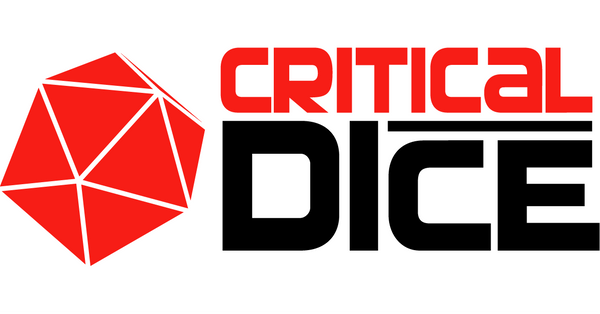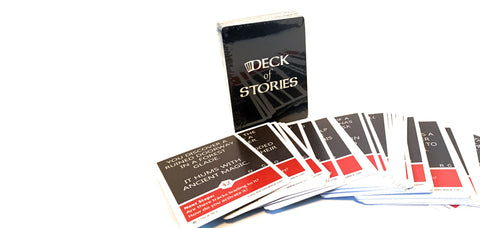Dice. We all love them, we all need them, and we all have strong and sometimes irrational opinions about them. This week I put up a poll on my Instagram asking how a d4 should display its results. The debate was spirited.

My poll brings up an interesting question and I wanted to answer it more thoroughly. A bunch of people wanted to know why there’s more than one way to show results on a four sided die. To answer that you have to go back to the original set of dicecreated for D&D in the early 70s.

This is what they looked like. You’ll notice a few unusual things; there’s no d10, the numbers are too low on the d20, and yes, the numbers are on the bottom of the d4.
When Gygax and Arneson where working on Blackmoore (the precursor to Dungeons & Dragons) they were just using d6s and continued that practice early on in the development of D&D. That changed when Arneson took a trip to England and found an early version of the now famous d20. It was numbered 0-9 twice, so you had to use another dice to indicate if a roll was a 3 or a 13. This also let the die act like a d10 (which, unlike the others, is not a platonic solid ).
So where did the other dice come from? Creative Publications, a small educational toy company, sold sets of dice used in schools for showing shapes and doing mental math games. Each set had a 4-sided, 6-sided, 8-sided, 12-sided, and a 20-sided die. They were the only supplier of d20s TSR knew of, so instead of manually removing the other shapes from the set, they adapted the game to include the other ranges of outcomes. With that decision these funny little dice were introduced to the world.
There have been a few changes to the lineup over the years; the inclusion of the d10, renumbering the d20, and even a change for the orientation of the numbers on the d4. There will always be a few grognards (old soldiers) who complain about change and insist the results should always be on the bottom of a d4, but it doesn’t really matter as long as the outcome is clear and the game keeps moving. Or we all could go back to d20s with Greek letters on them from 300 B.C.
When Gygax and Arneson where working on Blackmoore (the precursor to Dungeons & Dragons) they were just using d6s and continued that practice early on in the development of D&D. That changed when Arneson took a trip to England and found an early version of the now famous d20. It was numbered 0-9 twice, so you had to use another dice to indicate if a roll was a 3 or a 13. This also let the die act like a d10 (which, unlike the others, is not a platonic solid ).
So where did the other dice come from? Creative Publications, a small educational toy company, sold sets of dice used in schools for showing shapes and doing mental math games. Each set had a 4-sided, 6-sided, 8-sided, 12-sided, and a 20-sided die. They were the only supplier of d20s TSR knew of, so instead of manually removing the other shapes from the set, they adapted the game to include the other ranges of outcomes. With that decision these funny little dice were introduced to the world.
There have been a few changes to the lineup over the years; the inclusion of the d10, renumbering the d20, and even a change for the orientation of the numbers on the d4. There will always be a few grognards (old soldiers) who complain about change and insist the results should always be on the bottom of a d4, but it doesn’t really matter as long as the outcome is clear and the game keeps moving. Or we all could go back to d20s with Greek letters on them from 300 B.C.
Ok, that’s it for this week. See you next Friday and until then, may the dice be ever in your favor,
Jason
Jason
-------



